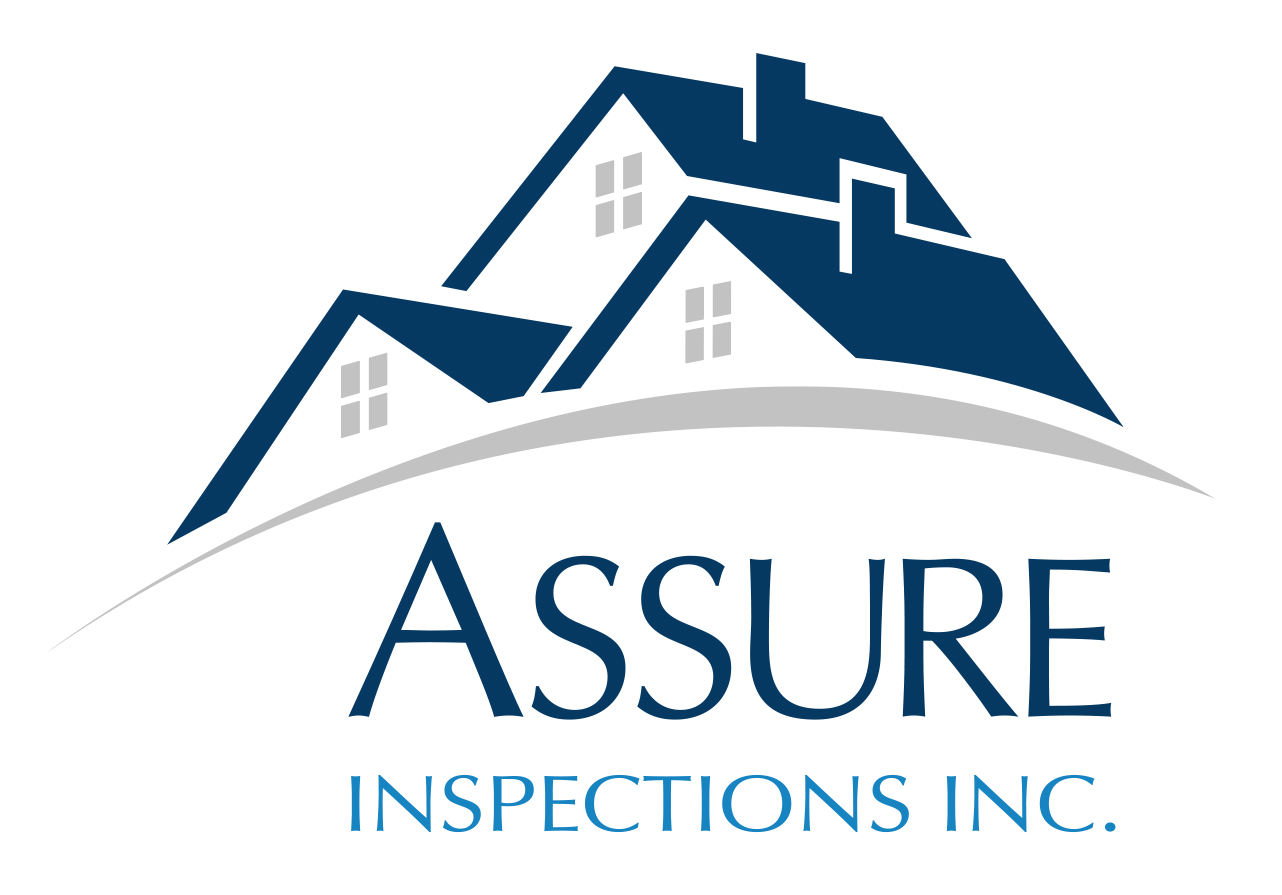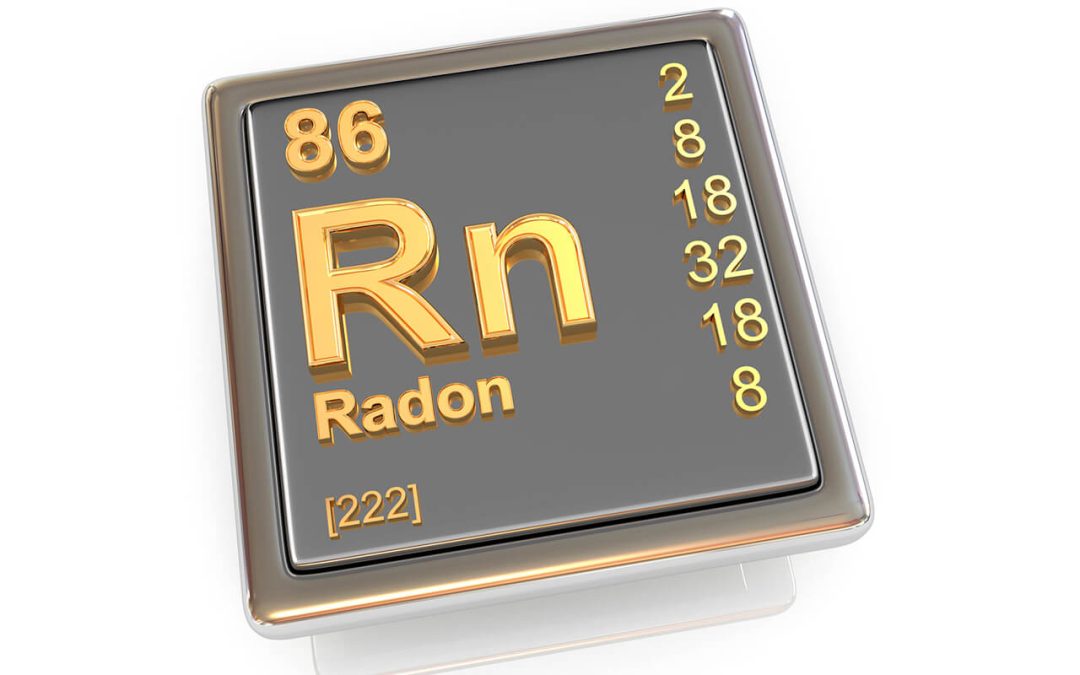Radon is a gas found naturally in the environment. It is present in rocks and soil and can sometimes enter homes through cracks in the foundation or other openings. While small amounts of radon are not harmful, prolonged exposure to high radon levels can lead to health problems, including lung cancer. If you’re concerned about radon gas in your home, there are some simple steps you can take to test for it and protect yourself and your family.
What is radon?
Radon is a radioactive gas sometimes found in homes. It’s colorless, odorless, and tasteless, so the only way to know if you have it is to test for it. Radon comes from the natural breakdown of uranium in the soil, and it can get into your home through cracks in the foundation or other openings.
Radon is the second leading cause of lung cancer after smoking. It’s estimated that radon causes about 21,000 lung cancer deaths yearly in the United States. If you smoke and are exposed to high radon levels, your risk of lung cancer is even higher.
How do you know if you have radon in your home?
There are two ways to test for radon: short-term and long-term. Short-term tests take 2-90 days, while long-term tests take more than 90 days. Either test will give you an idea of the radon levels in your home. While home test kits are available, it is best to have your home tested by a professional to ensure the results are reliable.
Short-term radon tests usually take about two to three days, and long-term tests can last up to a year. Short-term tests are used to get an idea of the average radon level in your home at one time, while long-term tests give a more accurate picture of the average radon level in your home. You will want a long-term test if you are buying a new home and want to know the radon levels before you move in or if you are having problems with high radon levels in your home.
Radon Mitigation to Reduce Radon in Your Home
If your home has high radon levels, there are ways to fix it. Radon mitigation systems can be installed to reduce the level of radon in the air. These systems typically involve sealing cracks in the foundation and installing a vent pipe to release radon gas outside.
Hiring a licensed contractor is the best way to ensure that your radon mitigation system is installed correctly. A licensed contractor will have the experience and knowledge to install the system correctly and be insured in case of any problems.
If you’re concerned about radon, the best way to protect yourself and your family is to get it tested. Radon testing is relatively inexpensive, and it could save your life.
Assure Inspections Inc. offers home inspections in the Chicago area. Contact us to request an appointment.

